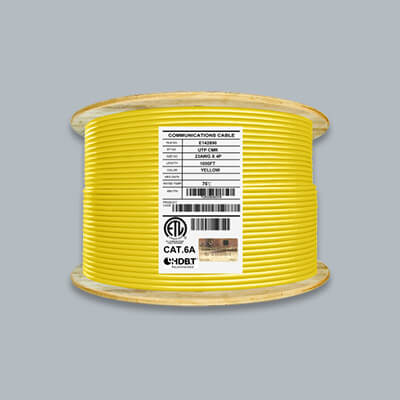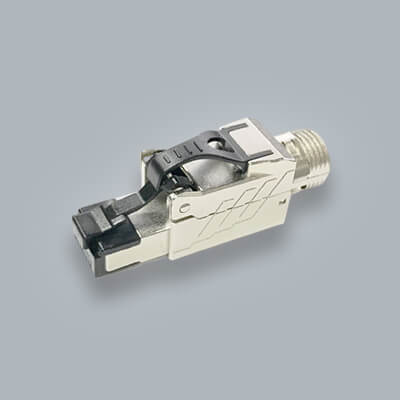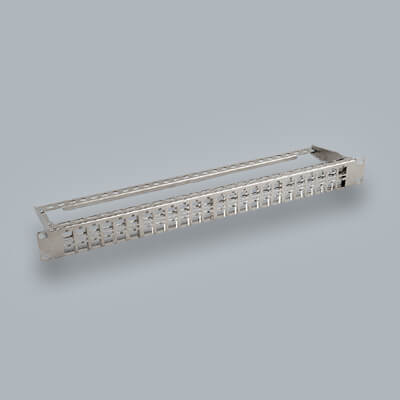Difference between CM, CMR, and CMP?

Ethernet cable jacket rating comes in a variety of different types and materials. It's important to know the differences between cm, cmr and cmp cables because each different type is used is difference locations. In this blog post we'll do a quick break down on the big three networking cable jacket ratings.
Jacket Ratings
CM rated cables are designed for general use. These are the types of cables that you usually see running from your computer to switch or wall port. These cables are most known as patch cords and come in stranded form. Stranded cm cables give them greater flexibility for the purpose of connecting short runs to your personal computer to server racks.
CMR cables, the R standing for riser, is more flame-resistant. These ones are more used to riser applications, hence the name, and are less used for patch cables. This means that they are usually run along bottoms or tops of walls and from the basement to the upper floor, so long as the cable does not need to run through an air duct.
CMP represents plenum cables. CMP are used for networking that must be done in air ducts or vents. Typically, CMP are used for offices or homes. For the latter, it is a practical application if the home network must be wired through ducts.
Comparative Analysis
While both CMR and CMP cables are suitable for residential applications, they differ in their fire safety requirements. CMR cables, although less stringent than CMP cables, still undergo a vertical burn test to demonstrate their ability to self-extinguish. However, CMP cables, with their stricter regulations, are typically favored in scenarios where fire safety is a top priority.
Ethernet Cable Jacket Ratings Comparison:
| Location | CM Cables | CMR Cables | CMP Cables |
|---|---|---|---|
| Open Air / General Connections | ✓ | ✓ | ✓ |
| In Walls | X | ✓ | ✓ |
| Riser | X | ✓ | ✓ |
| Plenum Spaces / Air Circulation | X | X | ✓ |
The information provided in this chart is for general informational purposes only. While efforts have been made to ensure accuracy, it may not reflect all possible scenarios or variations in cable usage. It is recommended to consult with a qualified professional or refer to industry standards for specific requirements related to Ethernet cable jacket ratings and their applications.
Significance of Adhering to Standards
Adhering to industry standards and regulations with your cabling rating is crucial for several reasons:
- Safety: Cable jacket ratings play a critical role in fire prevention and safety. Choosing cables that meet or exceed industry standards helps mitigate the risk of fire hazards and ensures the protection of building occupants and property.
- Reliability: Compliance with industry standards ensures that cables are manufactured to meet specific performance criteria, such as signal integrity, environmental durability, and flame resistance. By selecting certified cables, installers can trust that the cables will perform reliably in various conditions.
- Legal Compliance: Failure to comply with industry standards and regulations can have legal implications, including fines, penalties, and liability for damages in the event of an incident. By adhering to established standards, installers can minimize legal risks and demonstrate due diligence in their installations.
Adhering to industry standards is fundamental to ensuring the safety, reliability, and legal compliance of networking installations. It not only protects building occupants and property but also fosters trust with clients and regulatory authorities.
Conclusion
In wrapping up, understanding CM, CMR, and CMP cable ratings is key for successful networking projects. Each type has its use—CM for general connections, CMR for walls, and CMP for ceilings and air ducts. Adhering to standards is vital for safety, reliability, and legal compliance. By choosing the right rating and following regulations, you ensure your network works well and stays safe.





